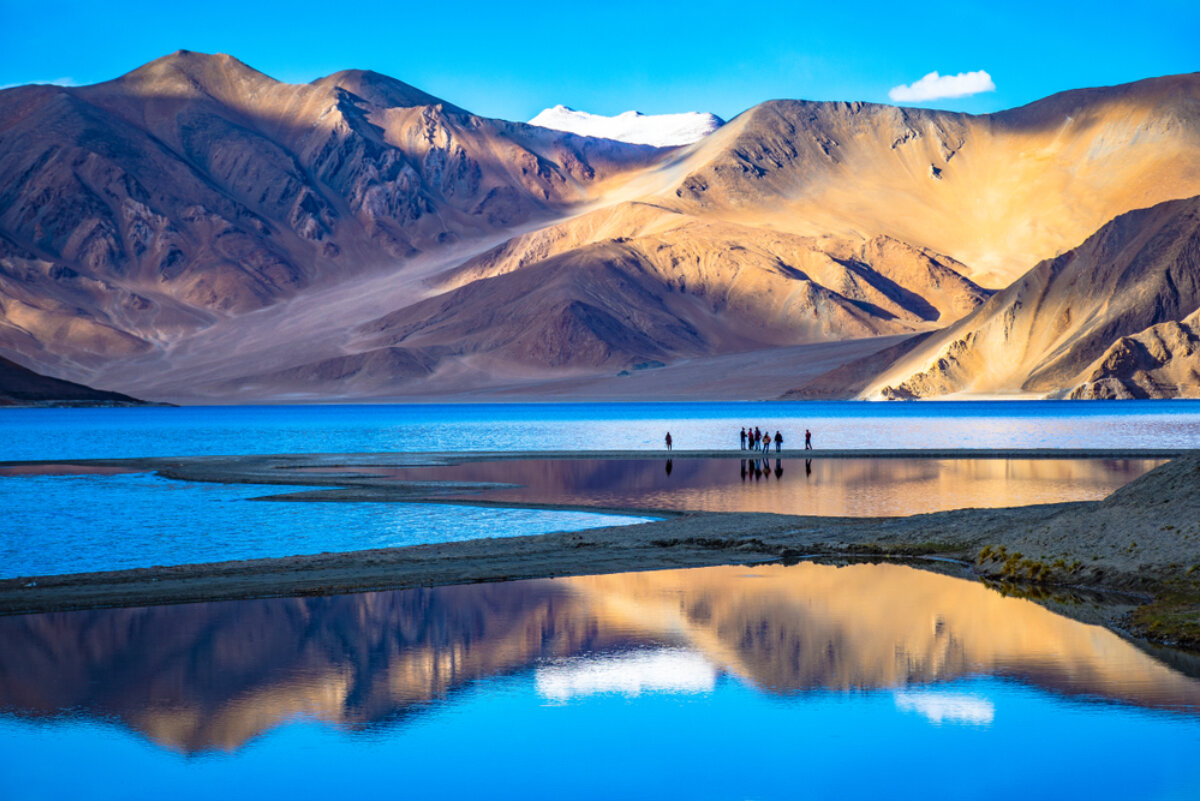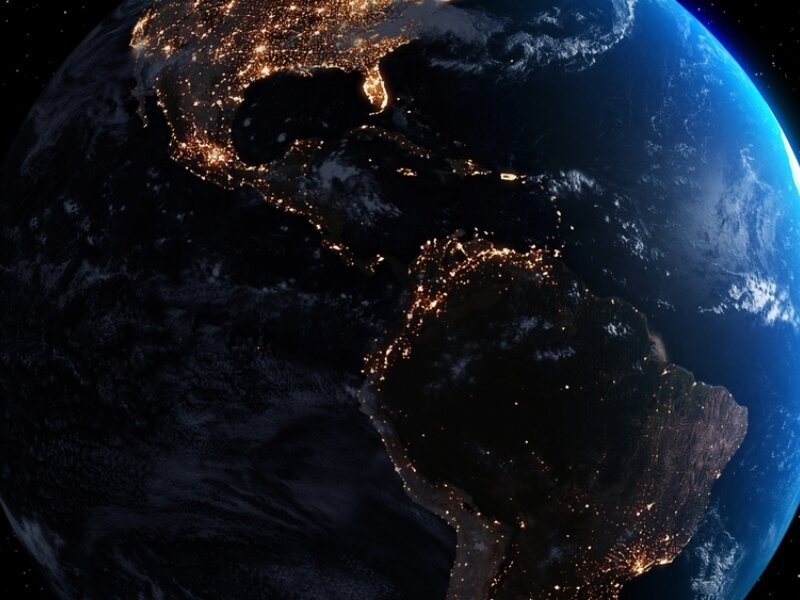Il “Tetto del mondo” diviso tra Cina e India
Nuove tensioni tra Cina e India intorno ai confini dell’Himalaya fanno riemergere antiche rivalità tra i due giganti asiatici. L’analisi di Guido Bolaffi

Sulle inospitali terre dell’Himalaya India e Cina tornano ai ferri corti, soprattutto dopo l’entrata in vigore, all’inizio di gennaio, della nuova legge cinese sulla Protezione ed Uso dei Territori di Confine varata ad ottobre scorso dal Parlamento di Pechino. Questa norma, riferisce l’Agenzia di Stato cinese Xinhua, pur nel rispetto dei principi di “equality, mutual trust, and friendly consultation, handles land border related-affairs with neighboring countries through negotiations to properly resolve disputes and longstanding border issue”, incarica gli apparati della sicurezza nazionale “to strengthen border defense, support economic and social development as well as opening-up in border areas, improve public services and infrastructure in such areas, encourage and support people’s life and work there, and promote coordination between border defense and social, economic development in border areas”.
Secondo Shuxian Luo, docente del L. Thornton China Center of Brookings Institute di Washington: “This law reflects Beijing’s renewed concerns over security of its land border while it confronts a slew of unsettled disputes on its maritime front […] the confrontation on the Sino-Indian border in recent years may have reminded Beijing that as a classic land-sea power China must always ready itself to cope with threats in both the continental and maritime domains […] also underscore the imperative for Beijing to exert great control over its somewhat porous border […] and reflects Beijing’s thinly-veiled worries about stability of its hinterland bordering Central Asia aggravated by concerns that Afghanistan may become a hotbed for terrorism and extremism that could spread to Xinjiang”.
Una mossa che ha allarmato oltre misura il governo di Delhi, che da tempo denunciava il silenzioso, ma sistematico tentativo del potente confinante cinese di sfruttare a proprio vantaggio il prolungato stallo delle trattative diplomatiche sulla disputata appartenenza dei lontani territori di confine dell’Arunachal Pradesh indiano. Dove, secondo l’articolo China’s border Law dell’Indian Express del 3 gennaio scorso “China is blocking Indian troops from accessing its traditional patrolling limits in Depsang Plains [and] so-called civilians have pitched tents on Indian side in Demchok and are refusing to vacate it”. In aperta, palese violazione della cosiddetta Line of Actual Control concordata nel Border Peace and Tranquility Agreement cino-indiano del 1993.
Una situazione di recente aggravatasi, secondo quanto scrive Anjana Pasriche nell’articolo India Monitoring Bridge Being Built by China Along Border pubblicato l’8 gennaio scorso da Voice of America, dal fatto che “China’s construction of a bridge spanning a Himalayan Lake that lies along the India-China border has reinforced concerns in New Delhi about ramping up of military infrastructure by the Asian giant in contested areas along their territory. The bridge being built over Pangong Lake in territory that Beijing controls but is also claimed by India. I will enable Chinese troops to mobilize rapidly in the area where both sides were engaged in a prolonged military standoff”.
Una iniziativa vissuta dagli Indiani come una grave provocazione. Tanto è vero che il portavoce ufficiale del ministero degli Esteri di Delhi Arindam Bagchi ha tenuto a fare presente ad una folta platea di corrispondenti della stampa nazionale ed estera che: “This bridge is being constructed in areas that have been under illegal occupation by China for around 60 years now […] As you are well aware India has never accepted such illegal occupation”. Affermazioni rintuzzate a stretto giro dal suo omologo cinese, secondo cui: “This infrastructure construction is aimed at safeguarding China’s territorial sovereignty and security as well as peace and stability on the China-India border”.
La verità, spiega con lucida freddezza Shibani Metha del Center on Asia and Globalization della Carnegie of India nel saggio High Peaks, High Stakes, è che questa nuova, ennesima “disputa tibetana” tra India e Cina non si spiega – se non in parte – con i rancori, mai sanati, del loro sanguinoso conflitto del 1962, quanto invece con il fatto che “The de facto boundary between India and China – the Line of Actual Control (LAC) – is best described as a concept that differentiates Indian-held territory from Chinese-held territory […] the alignment of the LAC, unlike other international borders and boundaries, has never been agreed upon, and it neither been delineated nor demarcated […] the question over where exactly the LAC lies remained unanswered. There are substantial differences between the two countries’ perceptions on where the LAC lies, especially where it passes through Ladakh […] Each country’s interpretation of the LAC is based on the amount of territory it believes can militarily controlled or dominated by patrolling. That means that either side can alter its interpretation of the LAC simply by imposing its military position along the frontier”.
Tanto è vero che lo scorso 4 gennaio l’articolo East of LAC, China builds new bridge on Pangong Tso dell’Indian Express riconosceva con grande, professionale obiettività che “Since May 2020 India and China have not only worked to improve existing infrastructure but have also built several new roads, bridges, landing strips near the Line of Actual Control in eastern Ladakh”.



